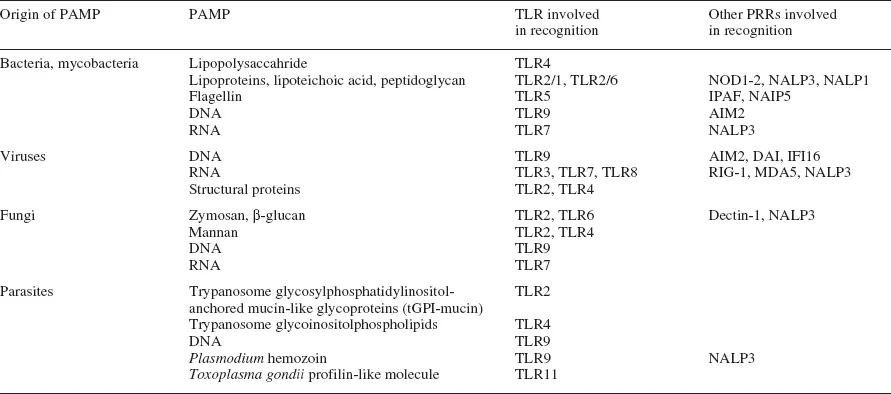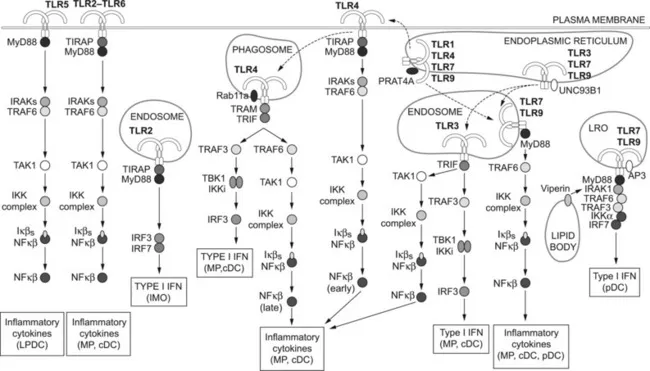
Diet, Immunity and Inflammation
Philip C Calder, Parveen Yaqoob, Philip C Calder, Parveen Yaqoob
- 760 Seiten
- English
- ePUB (handyfreundlich)
- Über iOS und Android verfügbar
Diet, Immunity and Inflammation
Philip C Calder, Parveen Yaqoob, Philip C Calder, Parveen Yaqoob
Über dieses Buch
Although inflammation is one of the body's first responses to infection, overactive immune responses can cause chronic inflammatory diseases. Long-term low-grade inflammation has also been identified as a risk factor for other diseases. Diet, immunity and inflammation provides a comprehensive introduction to immunity and inflammation and the role that diet and nutrition play with regard to this key bodily response.Part one, an introductory section, discusses innate and adaptive immunity, mucosal immunity in a healthy gut and chronic inflammatory diseases and low grade inflammation. Chapters in part two highlight the role of micronutrients, including zinc, selenium, iron, vitamin A and vitamin D, in inflammation and immunity. Part three explores other dietary constituents and includes chapters on intestinal bacteria and probiotics, the impacts of prebiotics on the immune system and inflammation, and antimicrobial, immunomodulatory and anti-inflammatory effects of food bioactive proteins and peptides. Further chapters explore the role of olive oil, short and long chain fatty acids and arginine and glutamine in immune functions. Nutrition, immunity and inflammation are discussed from an integrative and life course perspective in part four. Chapters focus on adverse immune reactions to foods, early nutritional programming, the impact of nutrition on the immune system during ageing, the impact of exercise on immunity and the interaction with nutrition, and the effect that malnutrition has on immunity and susceptibility to infection.With its distinguished editors and international team of expert contributors, Diet, immunity and inflammation is a comprehensive resource for those researching immunology or inflammation, nutrition scientists, and professionals in the food and nutrition industries who require an understanding of the effect that diet can have on the immune system and inflammation.
- Provides an overview of key research in the important and connected areas of inflammation, infection, overactive immune responses, diseases and diet
- Outlines the fundamentals of immunity and inflammation and reviews the effects of different food constituents
- Discusses important related issues, such as ageing and exercise
Häufig gestellte Fragen
Information
Innate and adaptive immunity
Abstract:
1.1 Introduction
1.2 Levels of defense
1.3 Innate immunity
1.3.1 Innate immune recognition
Pattern-recognition receptors

